Water Garden Supplies: Tips On Backyard Pond Equipment And Plants
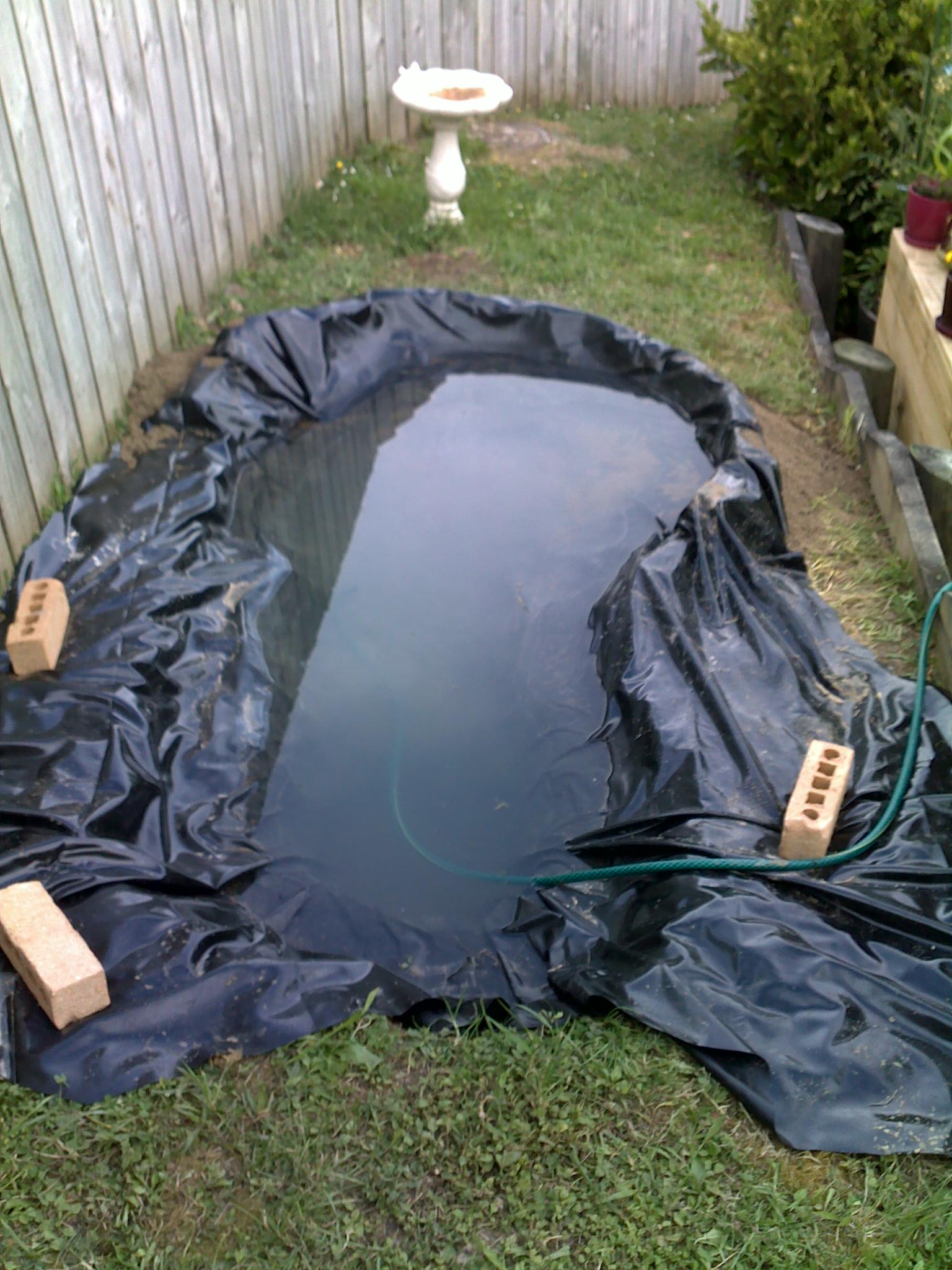

Everyone loves being near water. It’s just one of those things. However, not all of us are blessed with lakefront property. Luckily, if you have any space at all, you can build your very own water garden with some pretty basic pond construction supplies. Keep reading to learn about backyard pond equipment and supplies for water gardens.
Water Garden Supplies
If you don’t have much space, or if you don’t have any soil, an actual pond may be out of your reach. Don’t worry -- any container that holds water can be turned into a small water garden and kept on a patio or balcony. If you’re looking to actually dig a pond, get a sense ahead of time of how big you want it to be, as well as how big your local laws will allow. Often a body of water deeper than 18 inches (46 cm.) has to be surrounded by a fence. The ideal depth of a pond with plants and fish is between 18 and 24 inches (46-61 cm.), but if you can’t or don’t want to build a fence, you can go shallower. Try to find a location that receives at least five hours of sun per day. Pond construction supplies include, of course, something to dig your hole with and something to line it with. Concrete lining can last a lifetime, but it’s difficult to install correctly. Easier and still durable alternatives include PVC, rubber, and fiberglass. If you’re planning on having fish in your pond, make sure to get a fish grade lining.
Equipment for Backyard Water Gardening
Beyond the lining, there are some more water garden supplies that are just as much about aesthetics as necessity.
- An accent around the water’s edge helps highlight it and separate it from the yard. This can be done with bricks, rocks, wood, or even a row of low plants.
- Another useful piece of backyard pond equipment is a layer of rocks or gravel on top of the lining. It’s not necessary, but it makes the pond look more natural and protects the lining from UV damage.
- If you want to add fish, be careful about the species you get. Will they be able to survive the winter? Not if the pond freezes solid, which could easily happen if it’s small and your winters are bad. Koi are popular, but they need an air pump to add oxygen to the water, and will have to be fed every day.
- Finally, don’t forget plants for your little garden pond. There are a number to choose from depending on its size.
Gardening tips, videos, info and more delivered right to your inbox!
Sign up for the Gardening Know How newsletter today and receive a free copy of our e-book "How to Grow Delicious Tomatoes".

The only child of a horticulturist and an English teacher, Liz Baessler was destined to become a gardening editor. She has been with Gardening Know how since 2015, and a Senior Editor since 2020. She holds a BA in English from Brandeis University and an MA in English from the University of Geneva, Switzerland. After years of gardening in containers and community garden plots, she finally has a backyard of her own, which she is systematically filling with vegetables and flowers.
-
 How To Make A Bouquet Garni Or Herb Bundle For Cooking
How To Make A Bouquet Garni Or Herb Bundle For CookingIf you’re a great cook, you may have made an herb bundle before. If this is a new idea, learn how to add sparkle and interest to your dish with a bouquet garni.
By Amy Grant
-
 ‘Coral Charm’ Peony Care For Sublime Semi-Double Peonies With Lush Salmon Pink Flowers
‘Coral Charm’ Peony Care For Sublime Semi-Double Peonies With Lush Salmon Pink FlowersPeonies are known for their soft baby pink or magenta tones, but if plushy coral blooms are your thing, here’s our guide to the ultimate ‘Coral Charm’ peony care
By Tonya Barnett
-
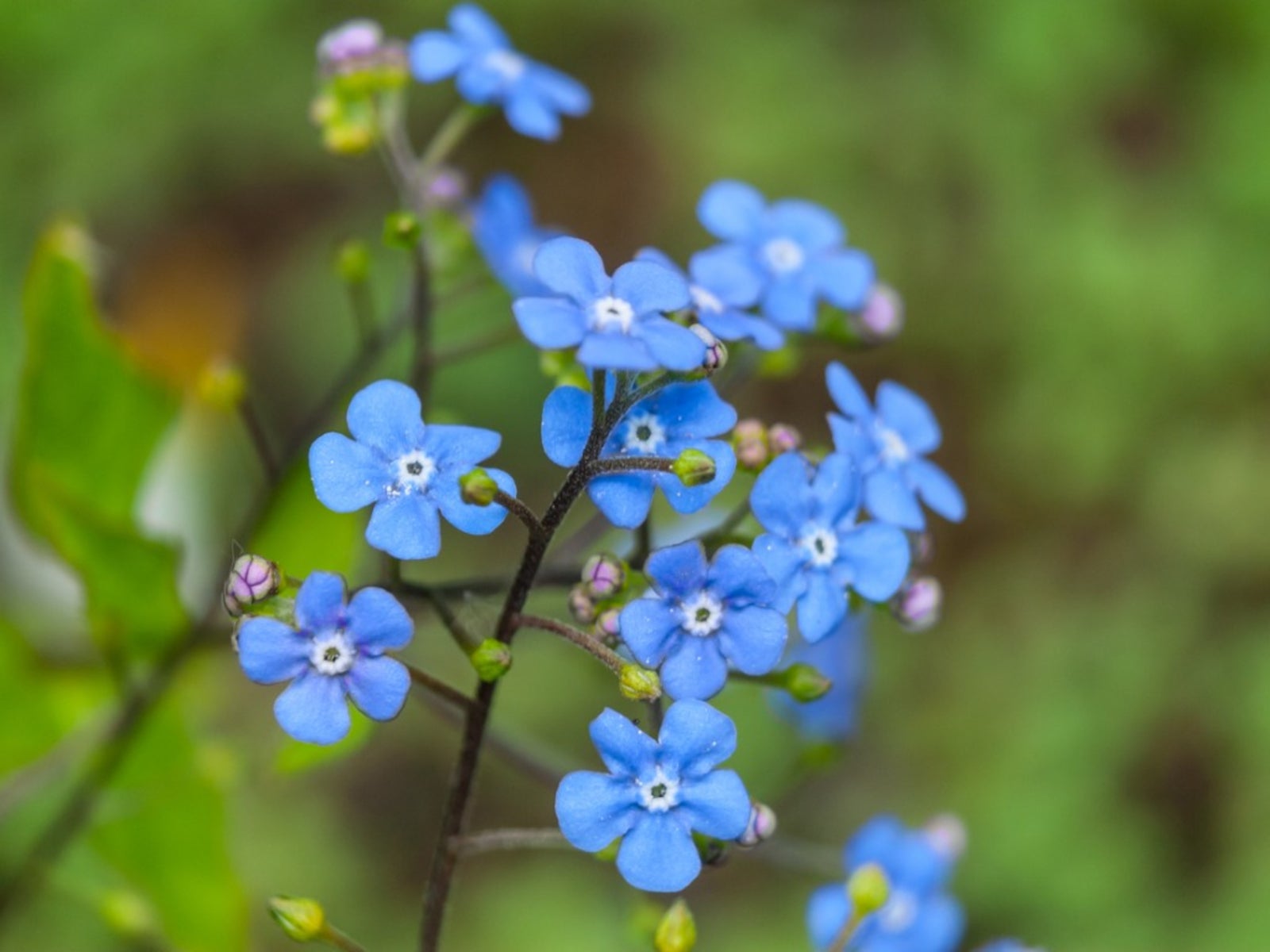 Flowering Pond Plants - Growing Aquatic Flowers
Flowering Pond Plants - Growing Aquatic FlowersAdding flowering pond plants to natural and manmade water features can be an easy way to quickly beautify a space with lush greenery and vibrant bursts of seasonal color. Read on for more.
By Tonya Barnett
-
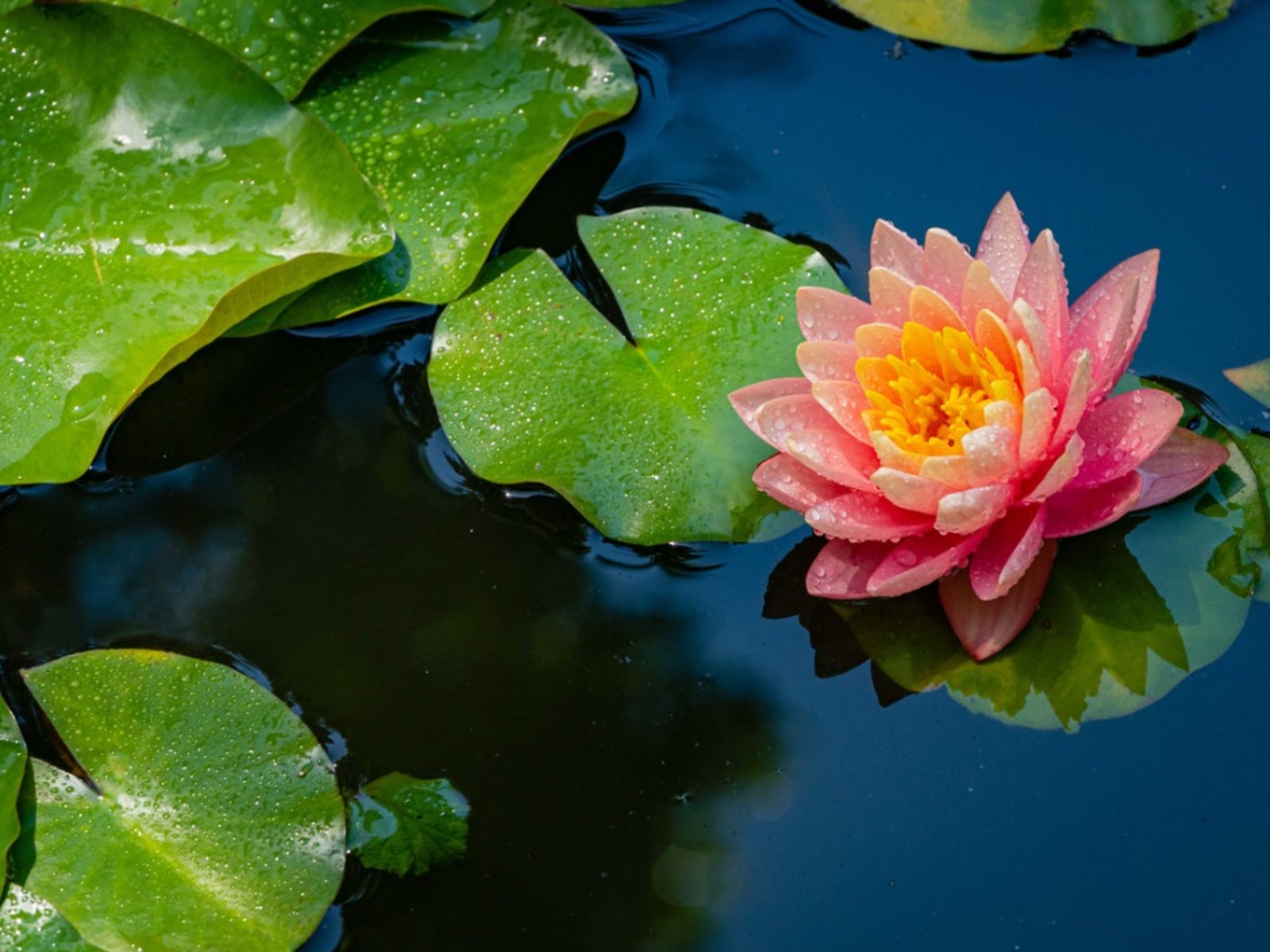 Full Sun Aquatic Plants - Full Sun Floating Pond Plants
Full Sun Aquatic Plants - Full Sun Floating Pond PlantsThere are pros and cons to putting a pond in full sun, but it's very doable. Here are some ideas to get you started.
By Mary Ellen Ellis
-
 Echinodorus Creeping Burhead – Information On Creeping Burhead Plant Care
Echinodorus Creeping Burhead – Information On Creeping Burhead Plant CareCreeping burhead plants are members of the water plantain family and commonly used in freshwater aquariums or outdoor fishponds. Echinodorus creeping burhead is native to the eastern half of the United States. To learn more about the creeping burhead plant click the following.
By Laura Miller
-
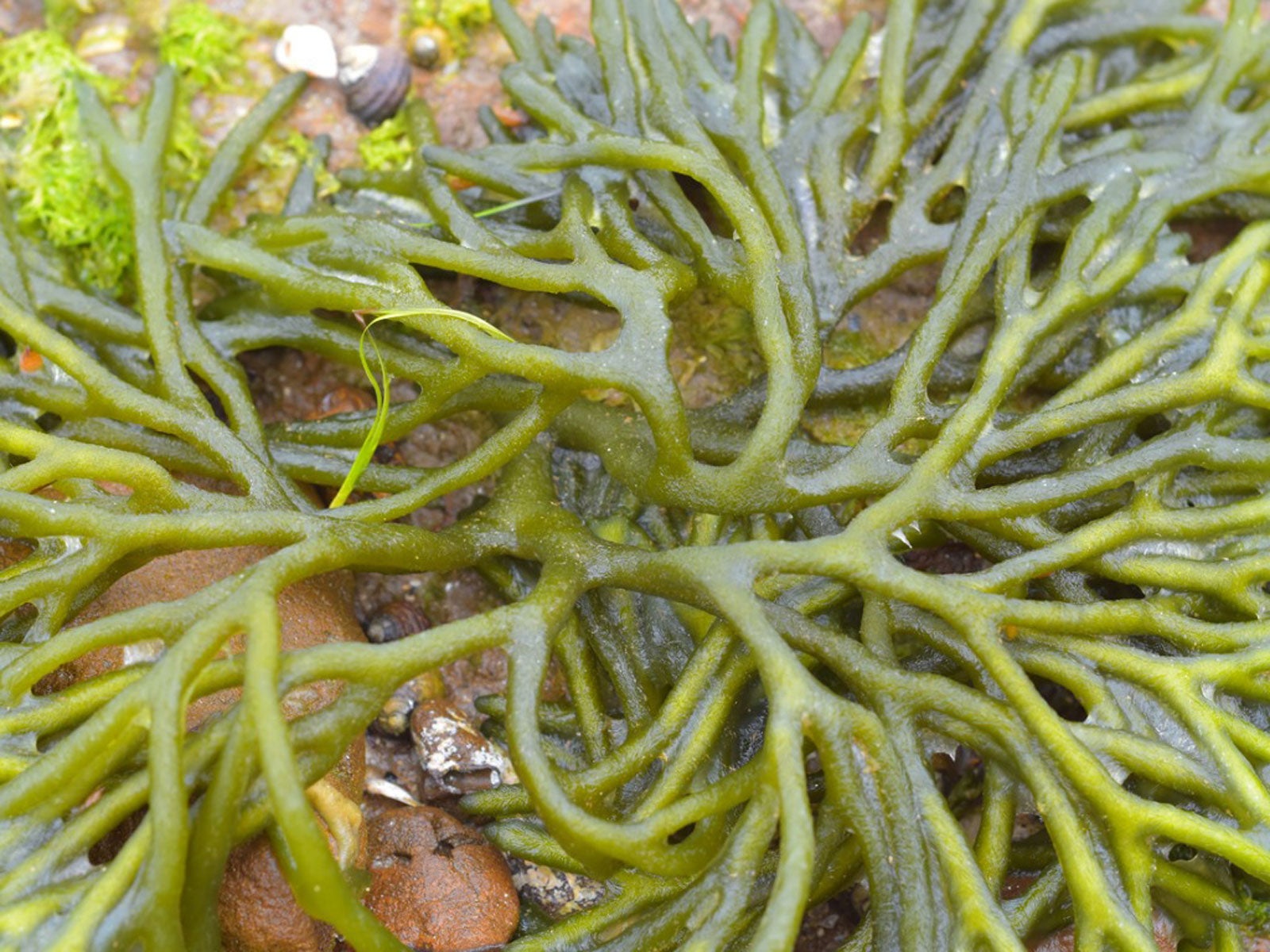 What Is A Saltwater Aquarium: Plants For Saltwater Aquariums
What Is A Saltwater Aquarium: Plants For Saltwater AquariumsBuilding and maintaining a saltwater aquarium requires some expert knowledge in choosing the right plants. Here are some choices to start with.
By Mary Ellen Ellis
-
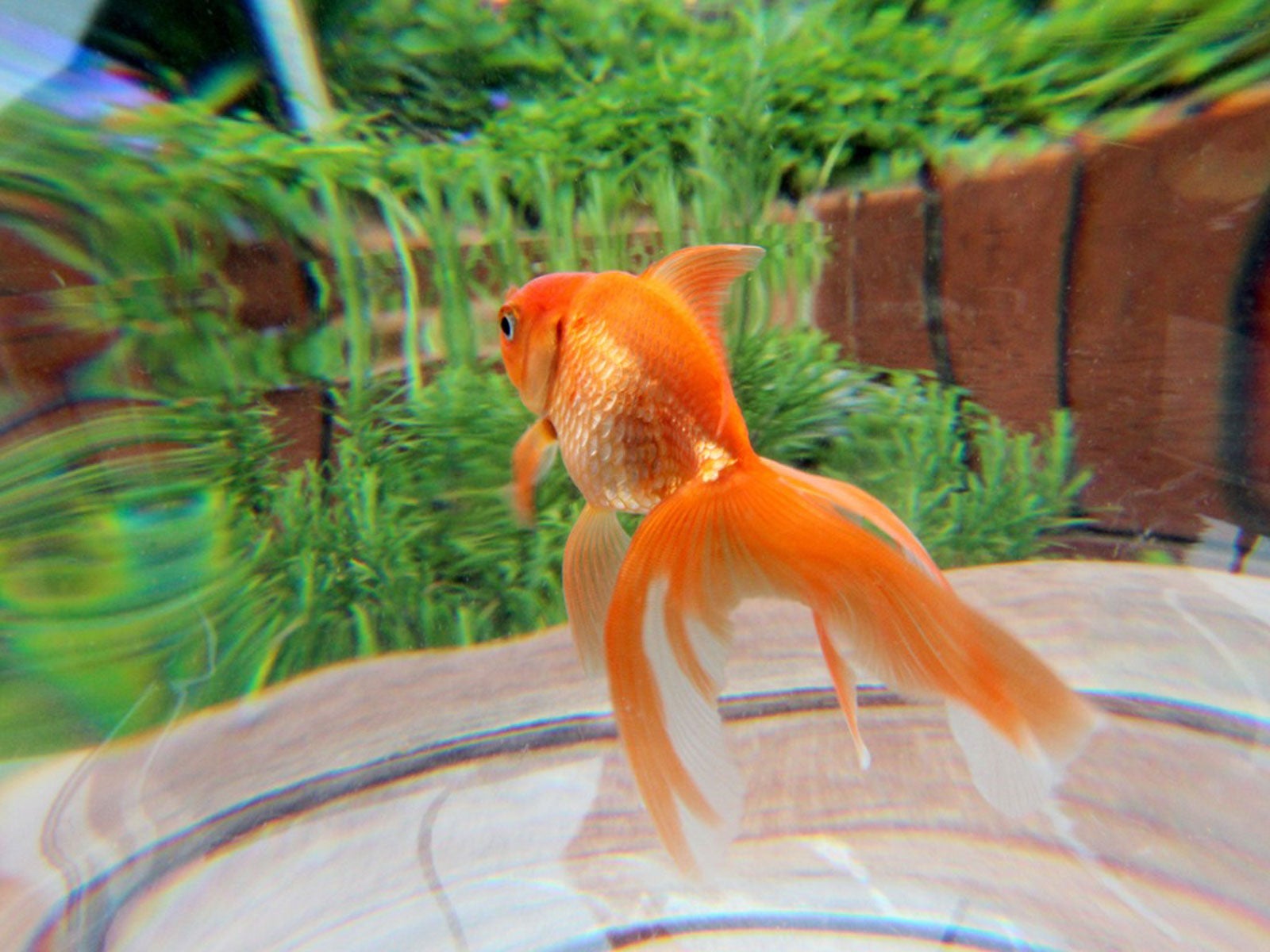 Outdoor Aquarium Ideas: Putting A Fish Tank In The Garden
Outdoor Aquarium Ideas: Putting A Fish Tank In The GardenAquariums are generally made for inside the house, but why not have a fish tank outside? Click here for tips and ideas on backyard aquariums.
By Mary Ellen Ellis
-
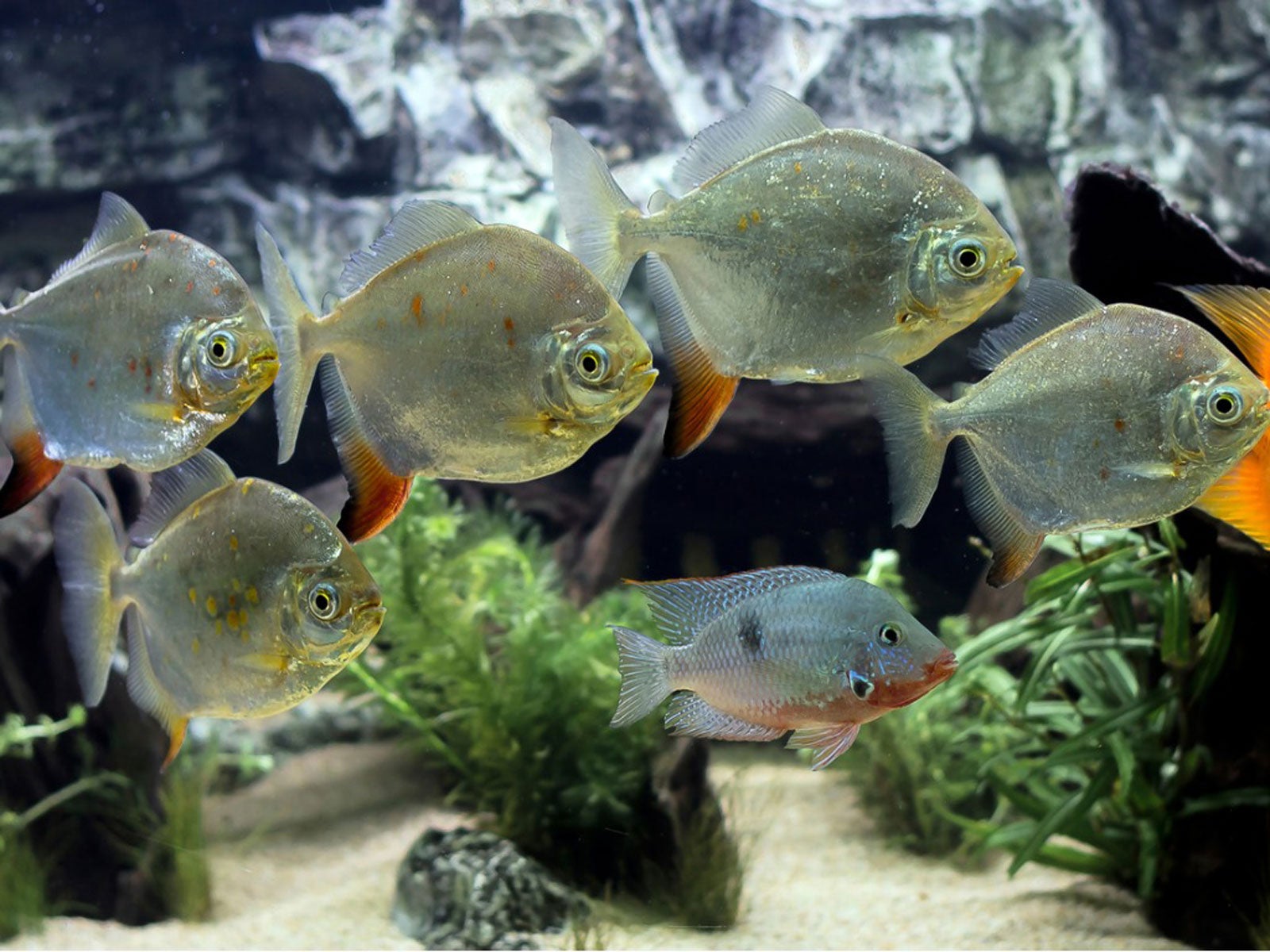 Fish That Eat Plants – Which Plant Eating Fish Should You Avoid
Fish That Eat Plants – Which Plant Eating Fish Should You AvoidGrowing plants with aquarium fish is rewarding, but if you want to combine plants and fish, learn what aquarium fish to avoid. This article will help.
By Mary H. Dyer
-
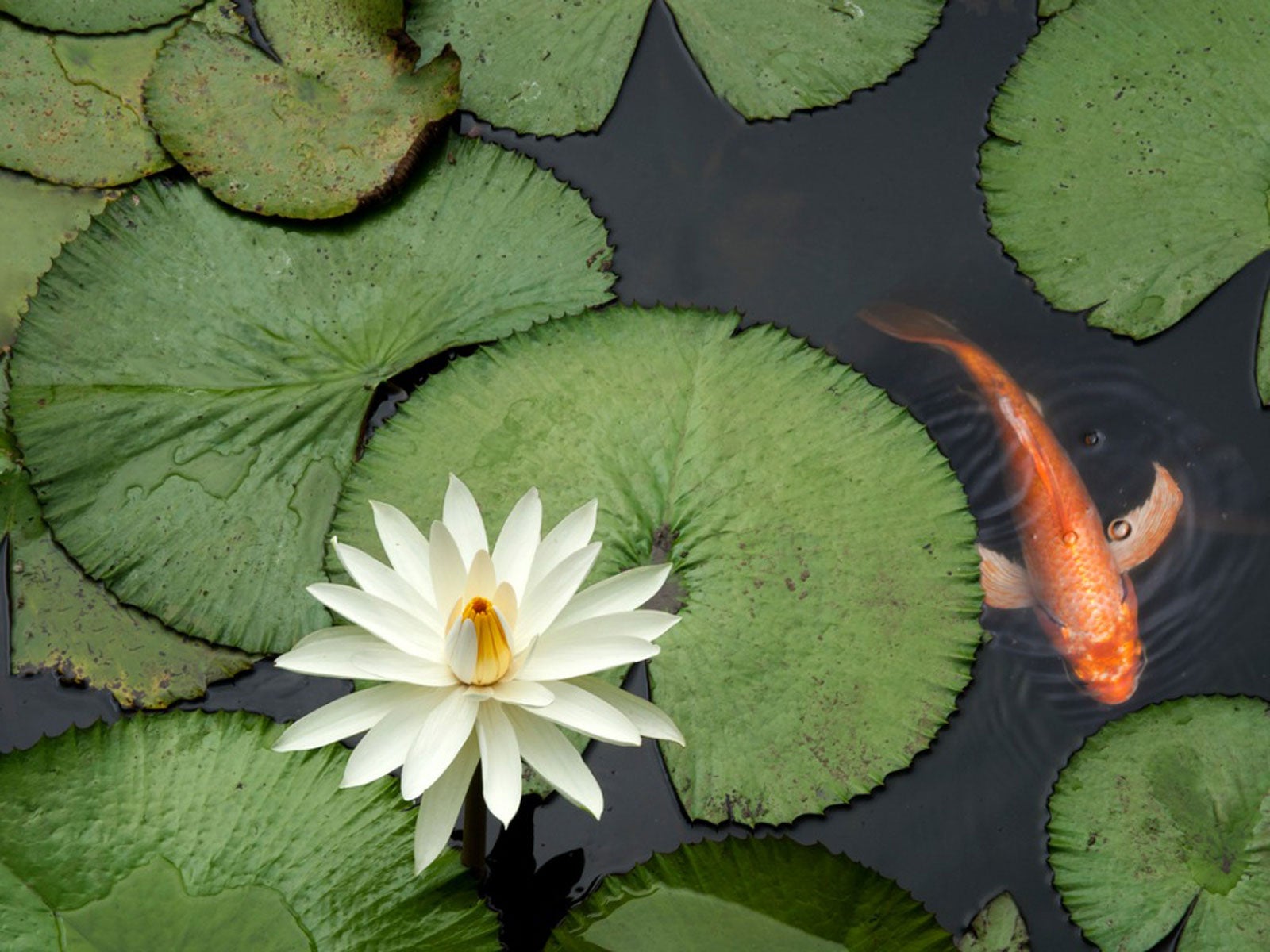 Is Pond Fertilizer Bad For Fish: Learn About Fish Safe Fertilizer
Is Pond Fertilizer Bad For Fish: Learn About Fish Safe FertilizerUsing fertilizer around fishponds must be done with care. Excess nitrogen causes algae, but can also contaminate the water and affect fish. Learn more here.
By Bonnie L. Grant
-
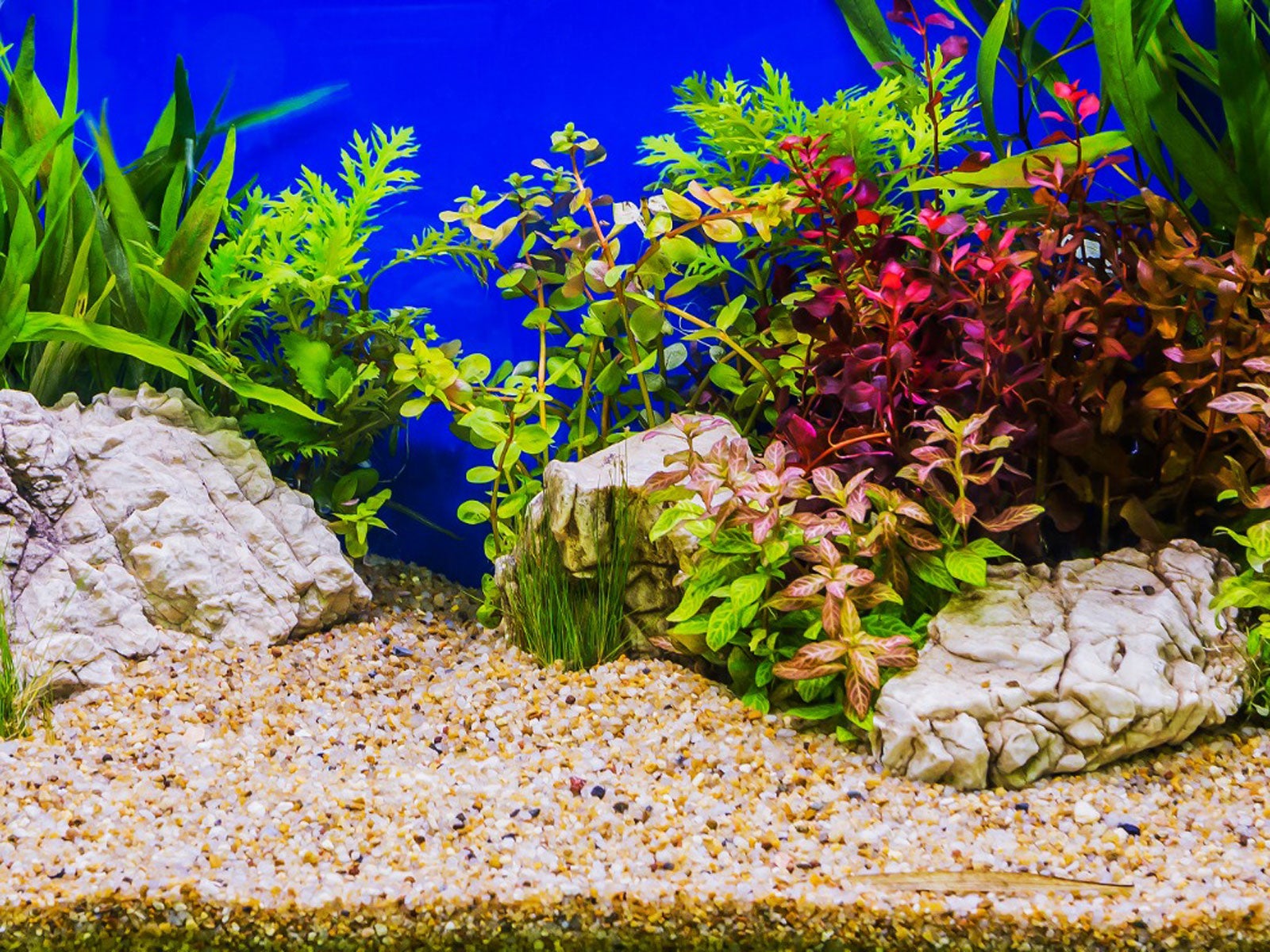 What Is Aquascaping – Creating An Aquarium Garden
What Is Aquascaping – Creating An Aquarium GardenAquatic gardening can be a rewarding endeavor, especially when aquascaping. Click this article to learn more about creating an aquarium garden.
By Nikki Tilley